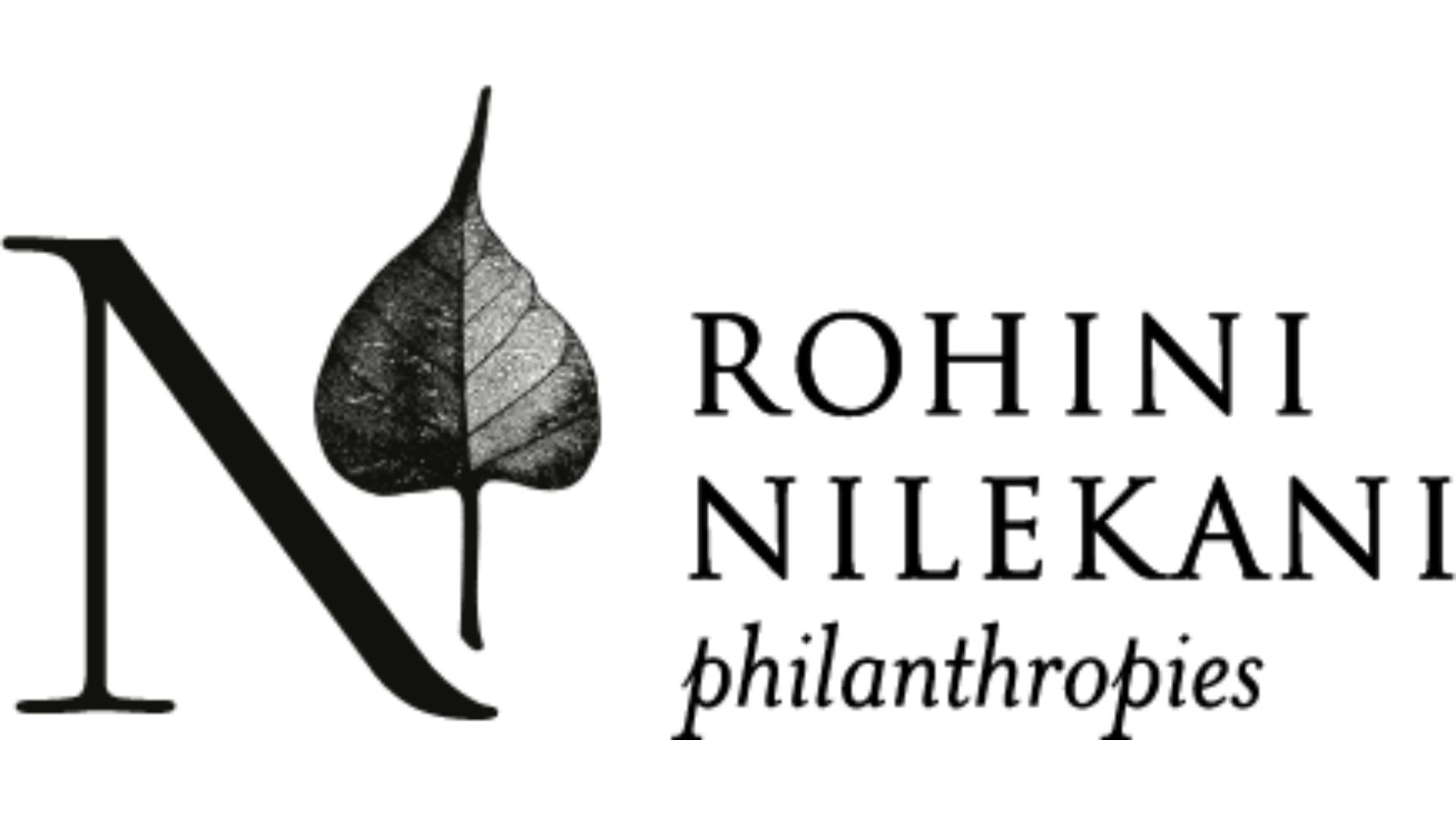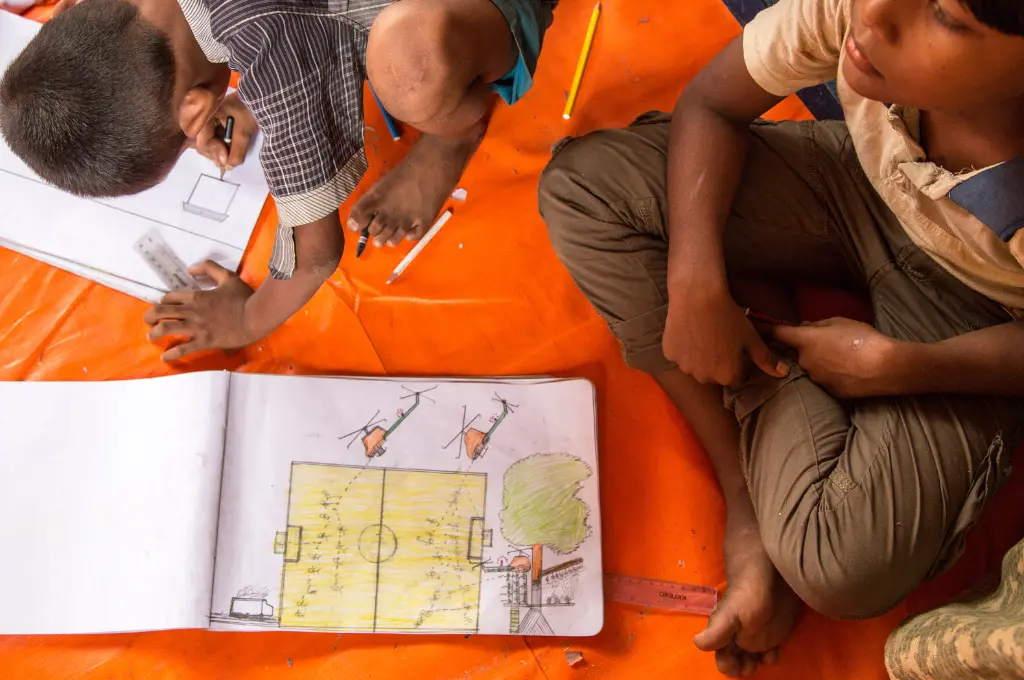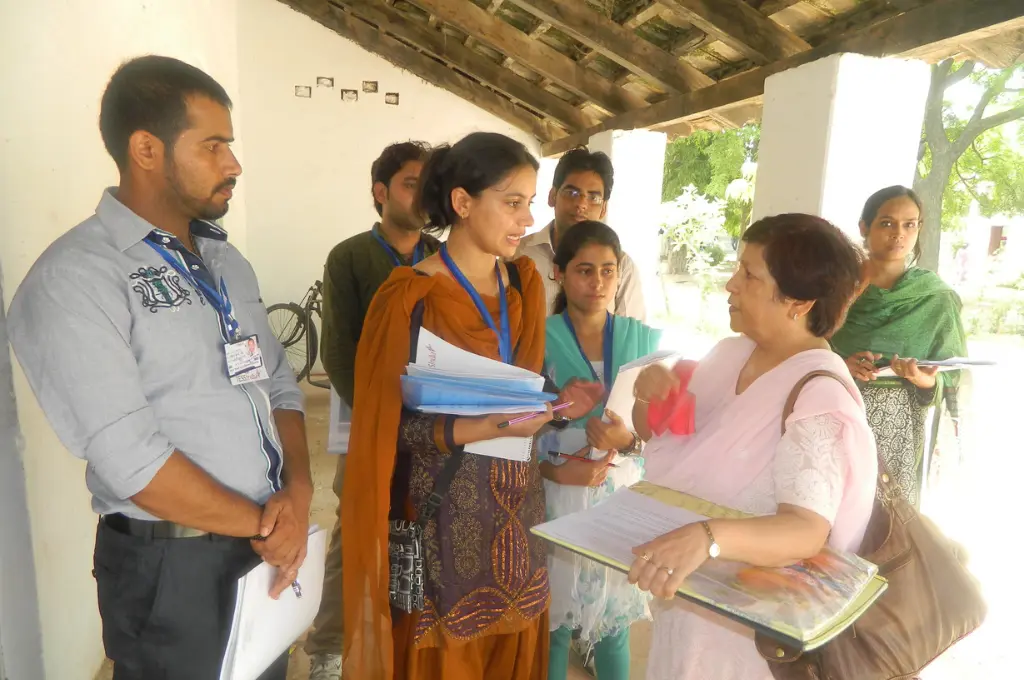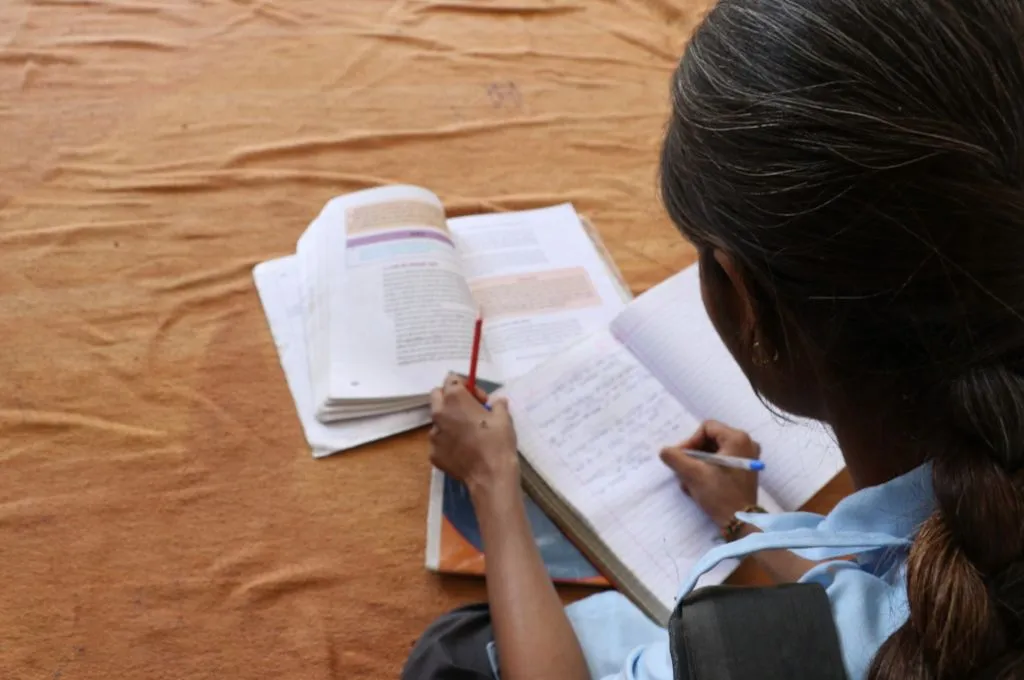Building interest for a programme and ensuring engagement can be difficult for nonprofits that work with young people. This is where the role of a powerful narrative, as part of the programme design, comes in. Having a crisp, clear idea of the aim of the programme and how it can be beneficial for the youth, can help formulate such a narrative. Despite its importance, however, narrative building often gets sidelined in favour of other aspects of the programme. This may lead to an underwhelming response from young people.
Arjun Shekhar, co-founder of ComMutiny—The Youth Collective and member of vartaLeap coalition, talks about how a strong and solution-oriented narrative makes all the difference when it comes to youth engagement. He uses climate action as an example. “The current conversation surrounding climate change can be especially frightening for the youth because they are the ones who will be bearing the brunt of it. We hear in the news that we’re experiencing the warmest year, and that it is going to keep getting worse—this reality is scary. It paints a bleak and ominous future, highlighting the problems, the cost, and the loss that climate change will result in. Instead of convincing young people to take action, it creates a sense of hopelessness in them. We need more solution-oriented narratives that will help them accept the issue as their own to solve.”
A narrative that inspires hope for the future instils a feeling of purpose and resilience in young people. “If a social issue is presented as an opportunity for the youth to have a fulfilling career, grounded in their current reality, they will engage with it,” says Rajesh N Singh Meher, chief operating officer at ComMutiny and member of vartaLeap coalition.
Build a youth-centric programme design
To make a programme relevant for young people, embedding their needs within the programme design is essential. There’s a tendency in organisations to push their programmes agenda onto their stakeholders, because the funders might demand it. Arjun stresses that the failure to acknowledge and incorporate young people’s needs in the programme design from the get-go is what leads to lacklustre participation. In fact, including young leaders actually yields faster results.
The narrative then, either through a poster, call for action, or invitation for applications, is easily able to highlight why a young person should be interested in the programme.
1. Build agency in the programme
Arjun mentions that quite early on he realised that young people typically occupy four spaces: career, education, friends, and family. But they have agency in none of these places. The rules are always set for them, not by them. “They need a fifth space where there’s no pressure to change the world. They can transform themselves here and build their own values through peer-to-peer conversation, leading to a sense of belonging.”
Arjun adds that such spaces also help the youth in creating their own micro-narratives. According to him, what we hear in the news and through publications is a mainstream narrative. A micro-narrative, on the other hand, is when people become storytellers of their experiences and are able to influence others to take action as well. This feeling of having the agency to involve others and guide them is crucial.
2. Prioritise experience over numbers
Young people are more inspired to take action when they feel connected with an issue. Arjun says that the team at ComMutiny doesn’t rely on data to advertise why a young person should be involved in a programme. Instead, they relate the issue to the individual’s reality. Rajesh says, “In our Changelooms programme, we have an immersion phase where we take young people to actual sites and sanctuaries impacted by climate change or to travel during extreme temperatures. This contextualises the mainstream narrative and builds a tangible connection to how their surroundings are being impacted.” With this awareness, young people are able to go back and ideate solutions or even build enterprises that benefit the community they are a part of.
3. Identify and address their needs
Financial need: Rajesh notes that in his experience, financial needs trump everything else for young people. “Organisations have to integrate livelihood with their intervention, regardless of which social issue they are working on. This is not to say that young people are not interested in active citizenship or learning about gender, climate change, etc. The stipend is an investment to further their learning. Incentives such as mugs, T-shirts, and other merchandise simply does not work; we’ve tried it ourselves.”
While monetary incentives are a short-term economic support, financial needs can be addressed for the long term as well. Arjun mentions that when working on climate action, they inform and encourage the youth to opt for green jobs. Rajesh adds that they walk them through what green money is to embed environment-friendly principles in the enterprises built by young people.
Psychological need: Rajesh says that young people experience social pressure from their peers and family, which impacts their mental health and well-being. “Many aspects of their identity start solidifying, and they begin formulating opinions on various facets of their life such as caste, religion, and orientation. To support them through this transition from dependence to independence, organisations should create non-judgemental, safe spaces where young people can share their thoughts and feelings without stressors.”
Arjun highlights the importance of psychological anchors in helping the youth build their self-esteem and understand their self-worth. “We encourage reflective work and capacity building in a way that enables them to think about how they can be a leader and changemaker on a particular issue.”

With a strong design, build your narrative
1. Make social change viable
It is often difficult to think about social change as a priority. Young people are already caught up with the demands of building a career, along with being answerable to their family, finding the time to engage with their culture, and having exciting experiences with their friends. To contribute to social change is an additional ask, and leading the narrative with this ask doesn’t work. Arjun lays this out using the example of their SMILE (Students Mobilisation Initiative for Learning through Exposure) initiative. “Young people are placed as interns with grassroots organisations and social movements so they can confront the realities on the ground and become better, adaptive learners. But they find it difficult to convince their parents about ‘wanting to visit the rural hinterland’. The first question they are asked is, ‘What will you get out of it?’ So we changed the pitch by focusing on the individual’s learning. When we ask if they want to build leadership capacity and develop beliefs and ideas, they are more interested in participating.”
2. Make it fun
Rajesh finds it imperative to make the experience exciting and fun for young people. There is a lot of information about social issues that everyone should know, but it is too boring or time-consuming to learn about, he says. “One of our programmes seeks to highlight the importance of constitutional values. But how could we make this topic interesting? We created gamified activities and championships where teams from various regions compete to prove who knows the most about the Constitution. The gamified experience is the hook in the narrative to attract the youth. We then help them develop the necessary skills and tools. We intentionally mix diverse groups, exposing participants to different perspectives and contextual realities to build foundational values such as fraternity, equality, and justice. They are required to bring their parents, teachers, and others to participate with them; this creates a unique cultural experience.”
3. Lead with empathy
Arjun emphasises that to effectively engage young people, it’s crucial to empathise with who they are and tailor the narrative accordingly. “Young people are full of emotions, and traditional, linear thinking no longer resonates with them. Their mindsets are dynamic, jumping between conversations and activities simultaneously. They might be texting, on a call, and reading an article all at once. To connect with them, narratives and campaigns must be feeling-oriented and tap into their emotions. Rather than focusing on changing their minds, the aim must be to create a lasting impact and meaningful connection.”
Rajesh mentions the mistake nonprofits end up making in these cases. “Organisations often invest significant time on social media, creating posters about their work, but these efforts frequently fail to resonate with the external world, especially the youth. We exist in an echo chamber of our own stories and remain removed from ground reality. However, we do have the power of people, and leveraging this has been our most successful narrative-building strategy. Every young person we work with becomes a storyteller in their own context, spreading the message further and encouraging others to engage better.”
—







